
The Onics Passive Neutral and Ground Harmonic Filter
Device Overview
Onics Passive Neutral and Ground Harmonic Filter
A Passive Neutral and Ground Harmonic Filter installed in parallel on every neutral and ground application in your facility to reduce harmonic distortion, decrease energy waste, and improve equipment reliability.
What is the Onics Passive Neutral and Ground Harmonic Filter?
The Onics Passive Neutral and Ground Harmonic Filter operates as a sophisticated solution to mitigate the effects of neutral and ground harmonics. The device employs a shunt harmonic trap design that smooths out the current fed back to the transformer through ground, reducing stress and overheating in the electrical system. As a result, facilities experience reduced kWh consumption, improved equipment and system reliability, and decreased electric spend. This low pass inductive filter runs in parallel with neutral or ground - not in series - so the filter can be installed on any size electrical service and does not absorb a substantial amount of energy while mitigating harmonic content.
Because it is a passive harmonic filter, it requires no third-party electrical components to operate. The Onics Passive Harmonic Filter does not require maintenance or retrofit, and there is no risk of service interruption if the filter is damaged or disconnected.
Facilities installing the Onics Passive Harmonic Filter can expect:
Reduced energy waste
Decreased equipment and system overheating
Increased equipment reliability and lifespan
Lower electricity bills
Greenhouse Gas emissions reduction through energy use avoidance
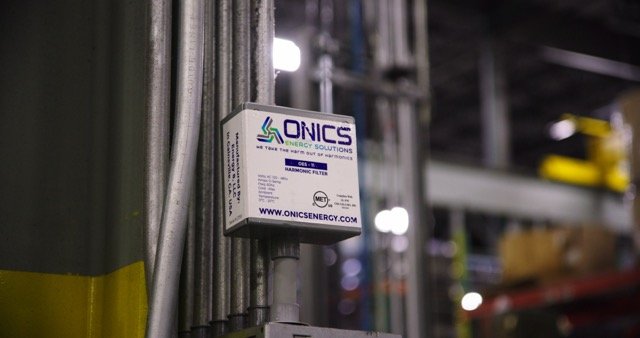
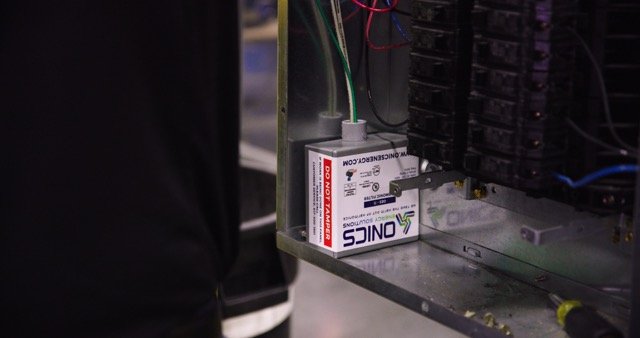
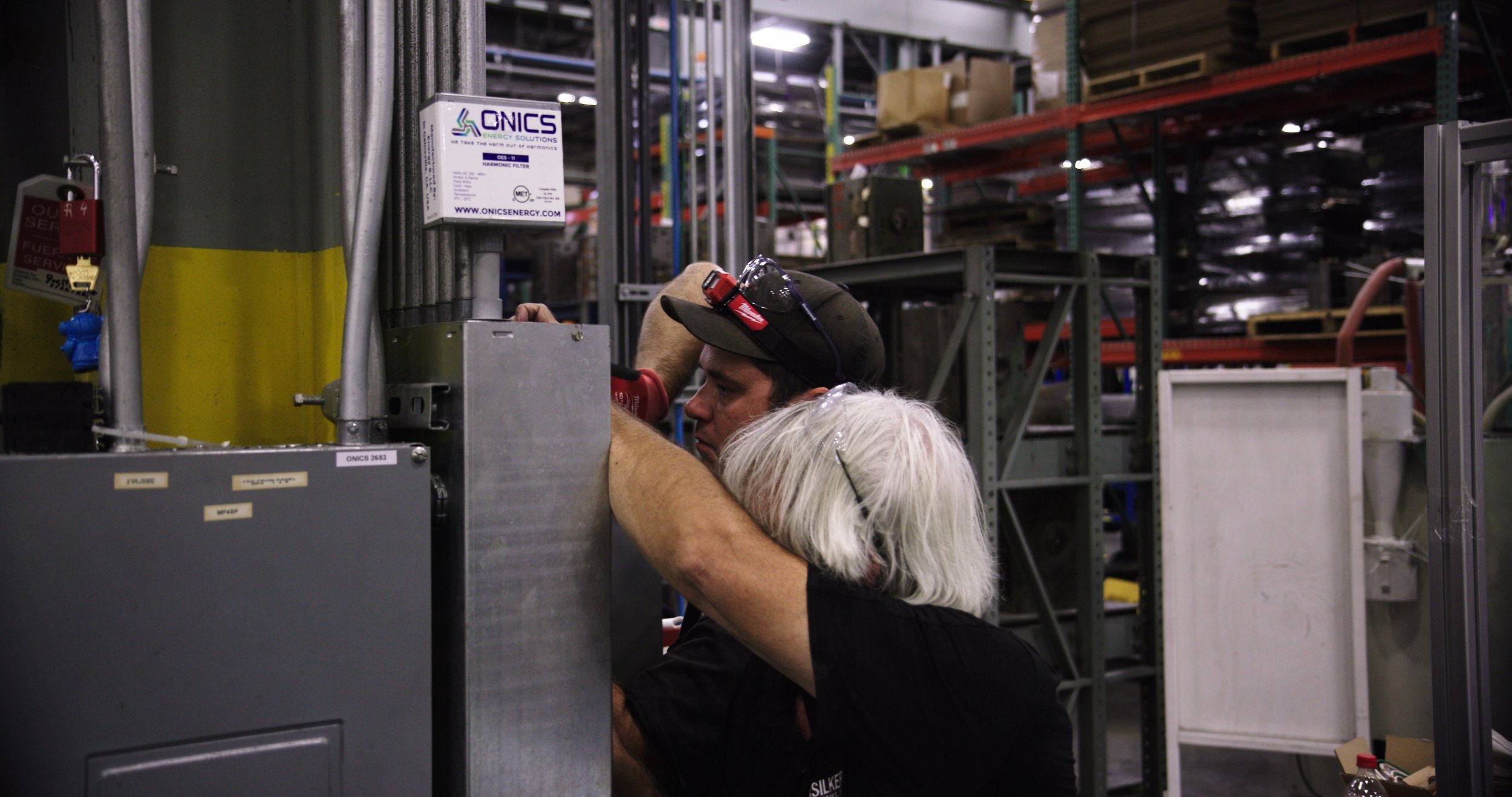


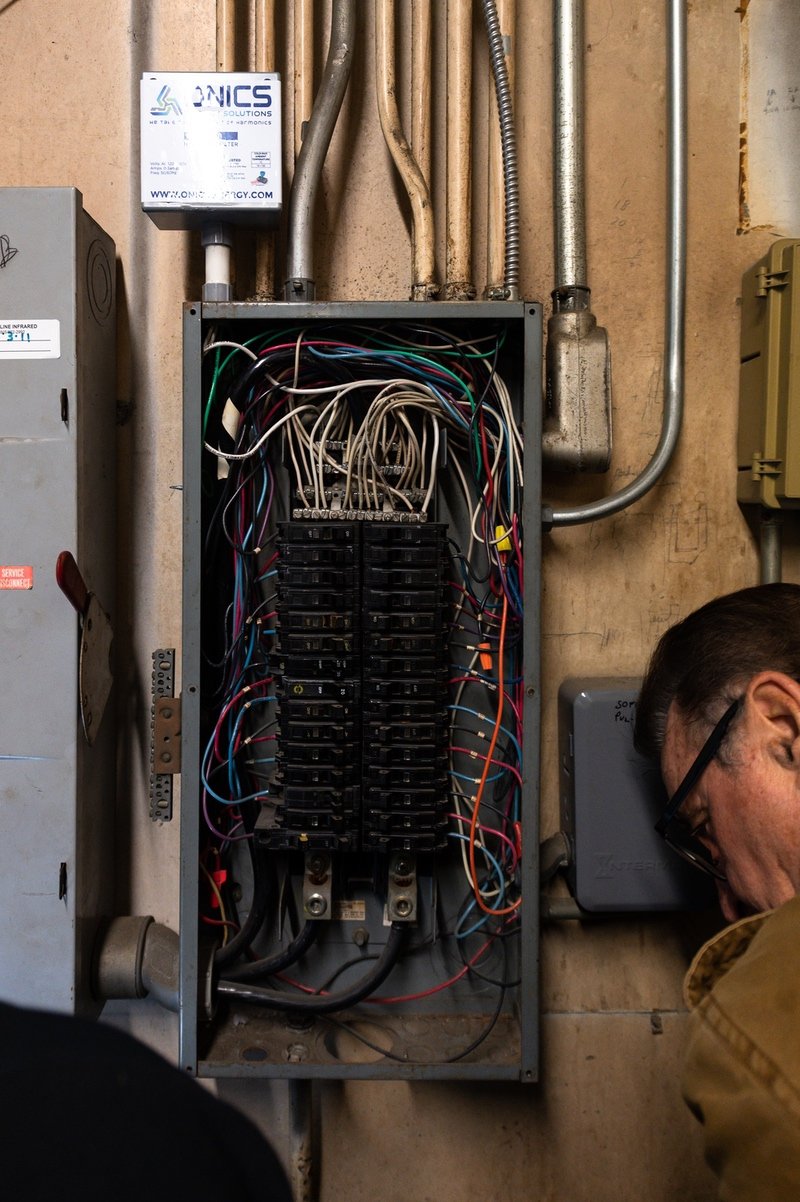
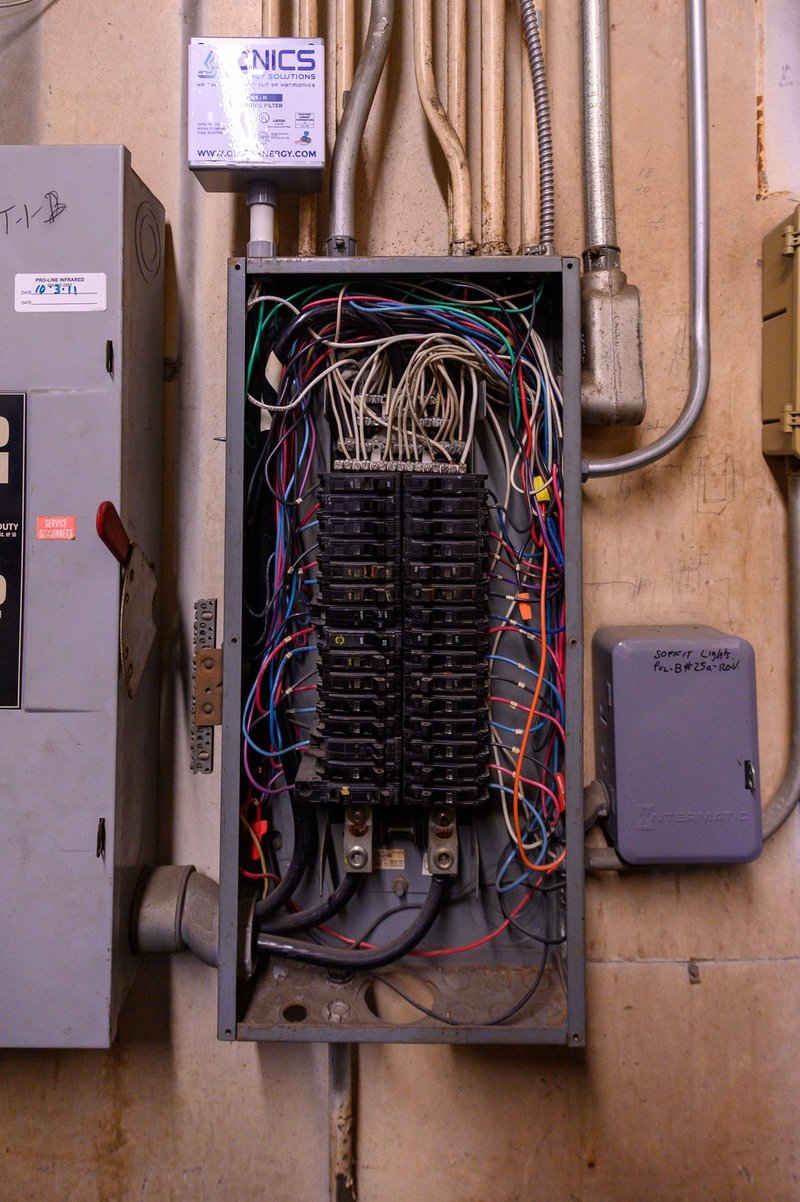
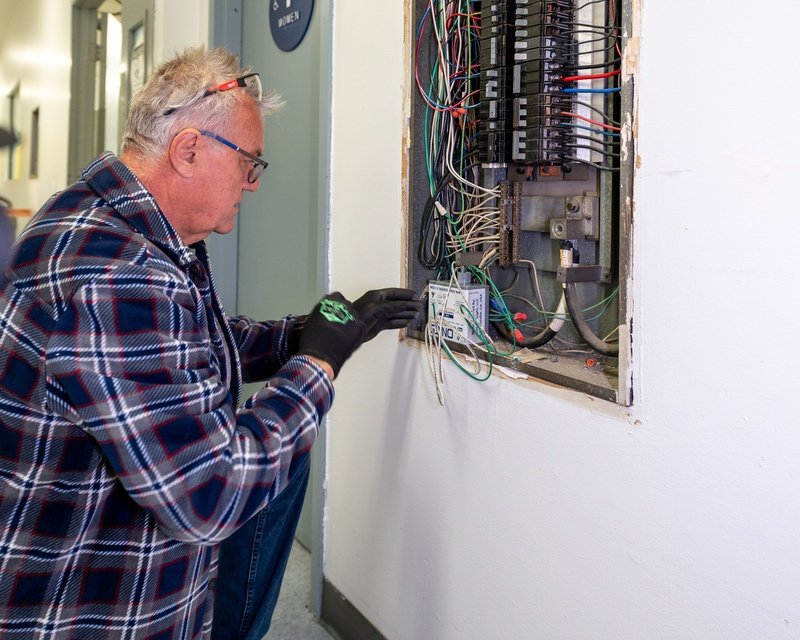
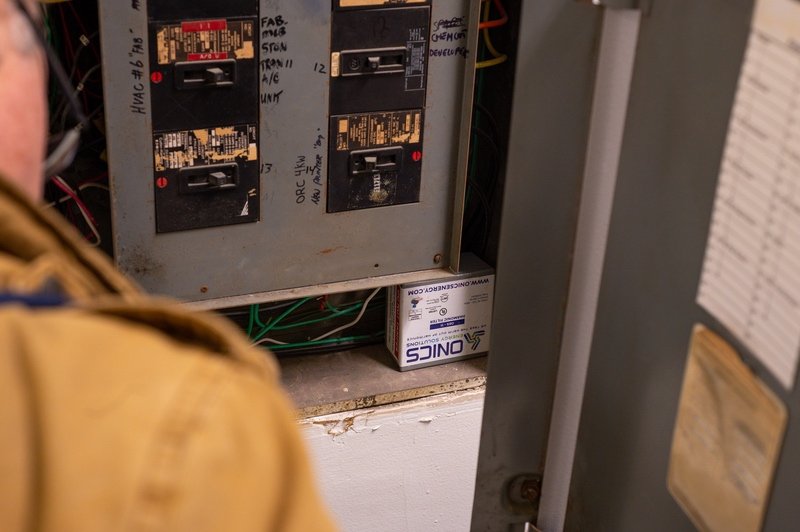

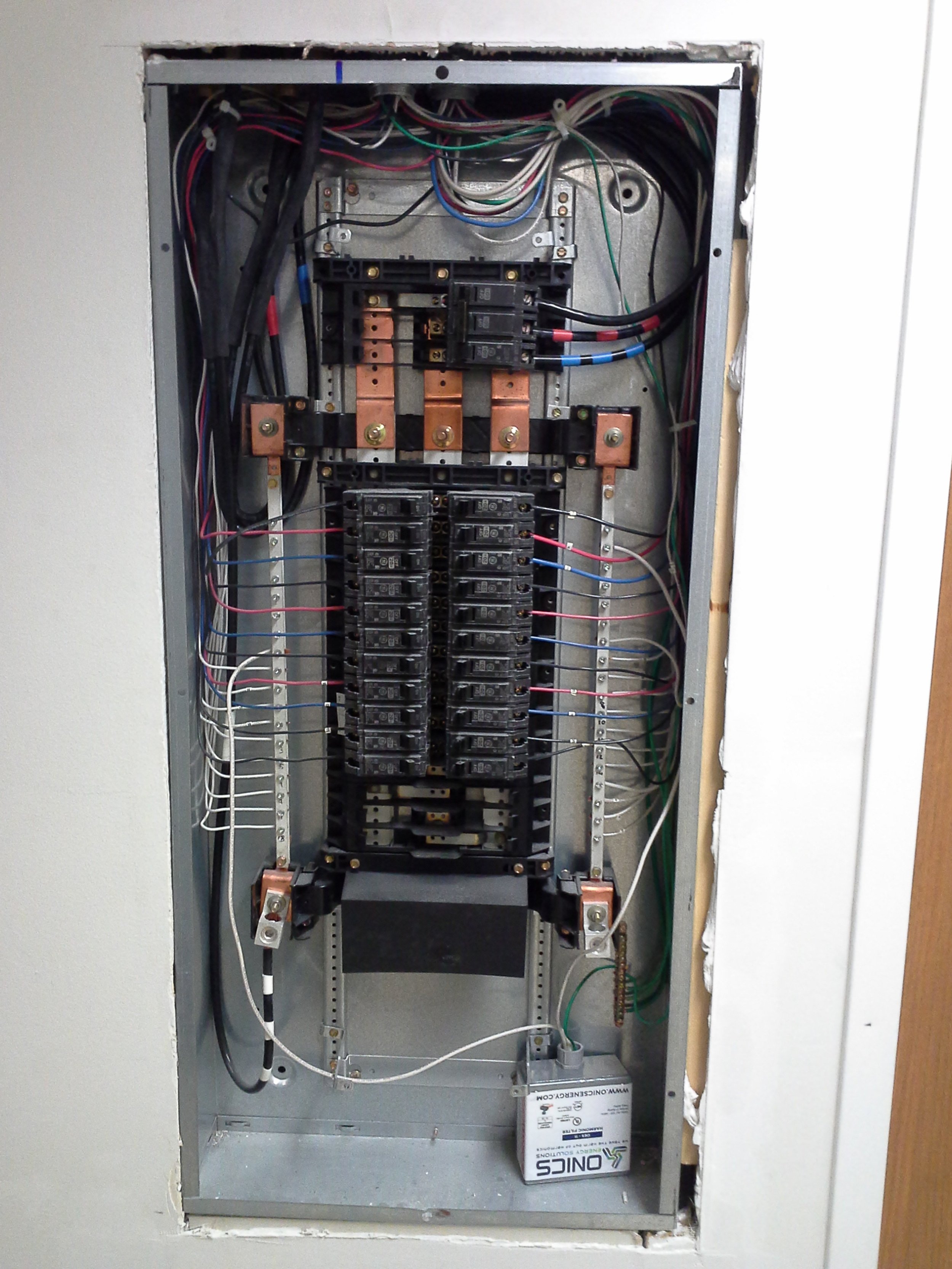
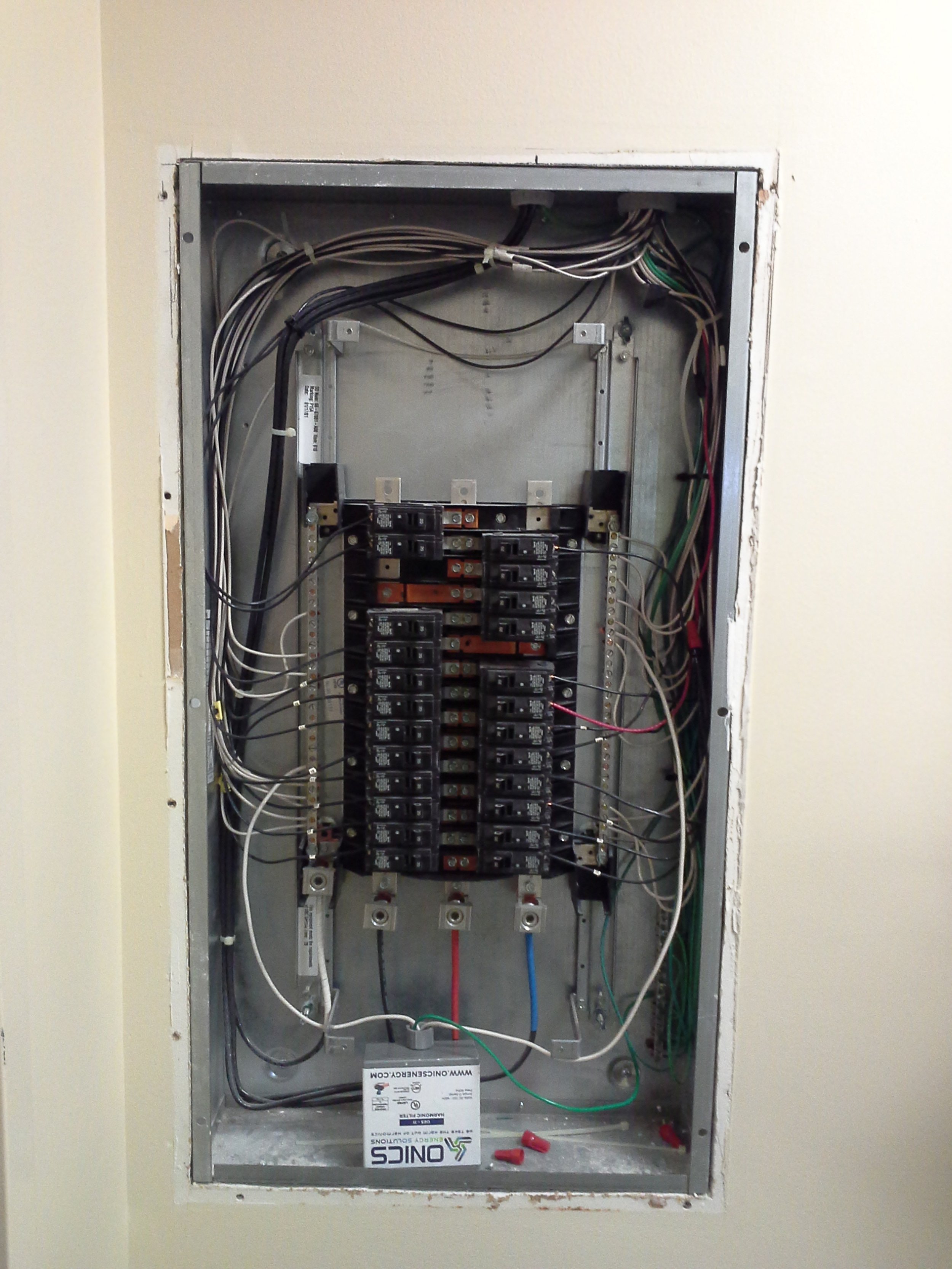
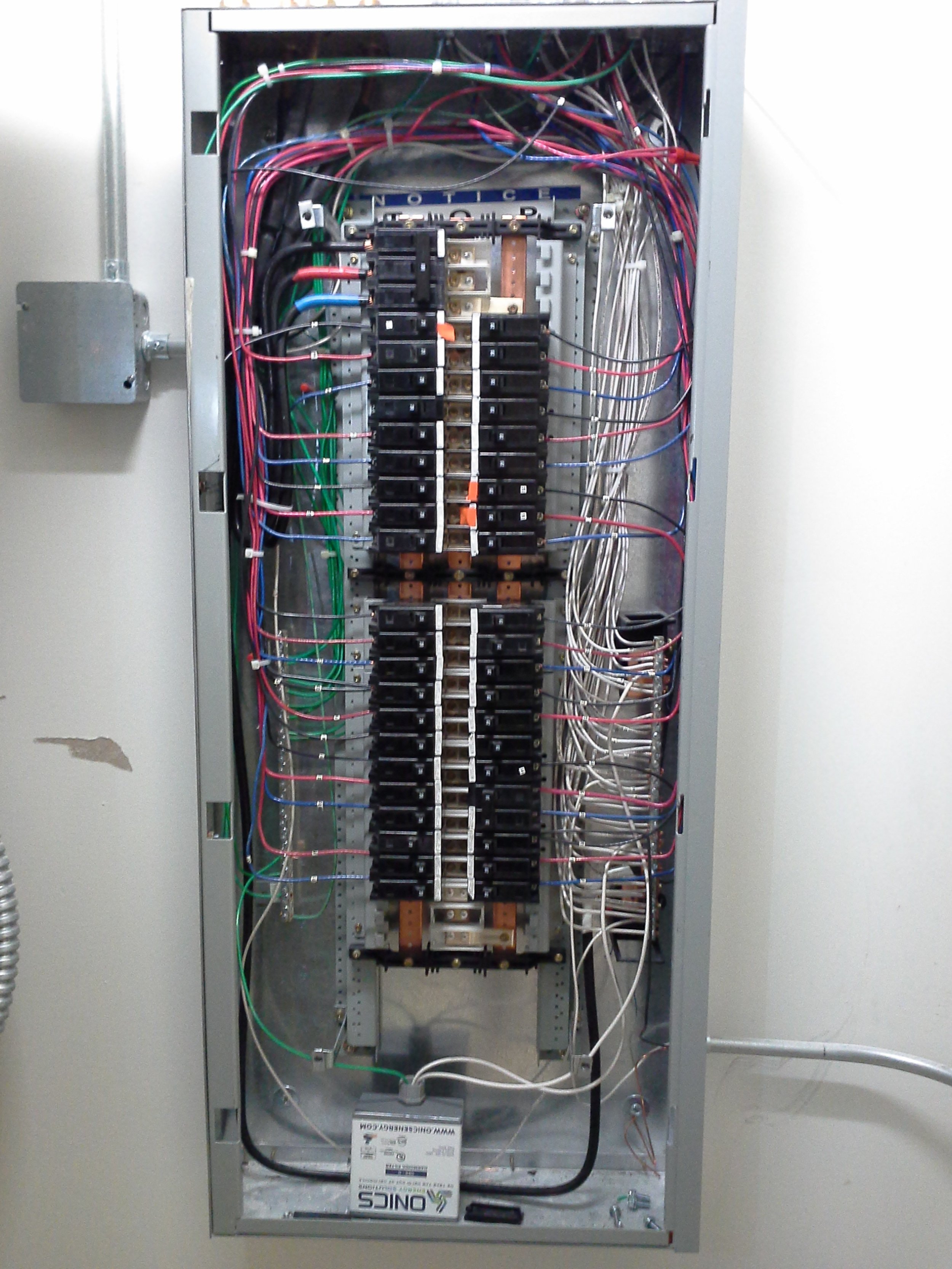
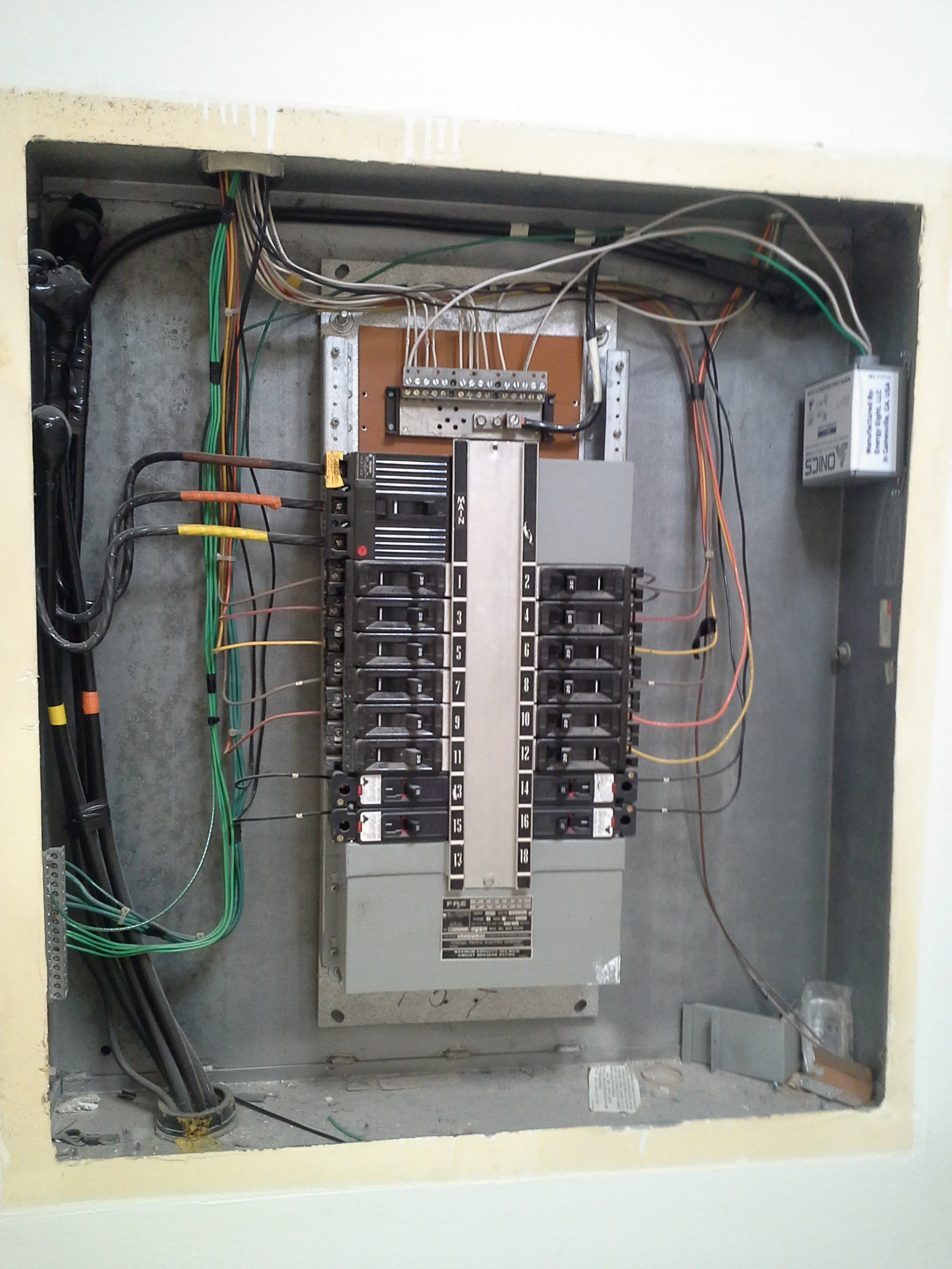
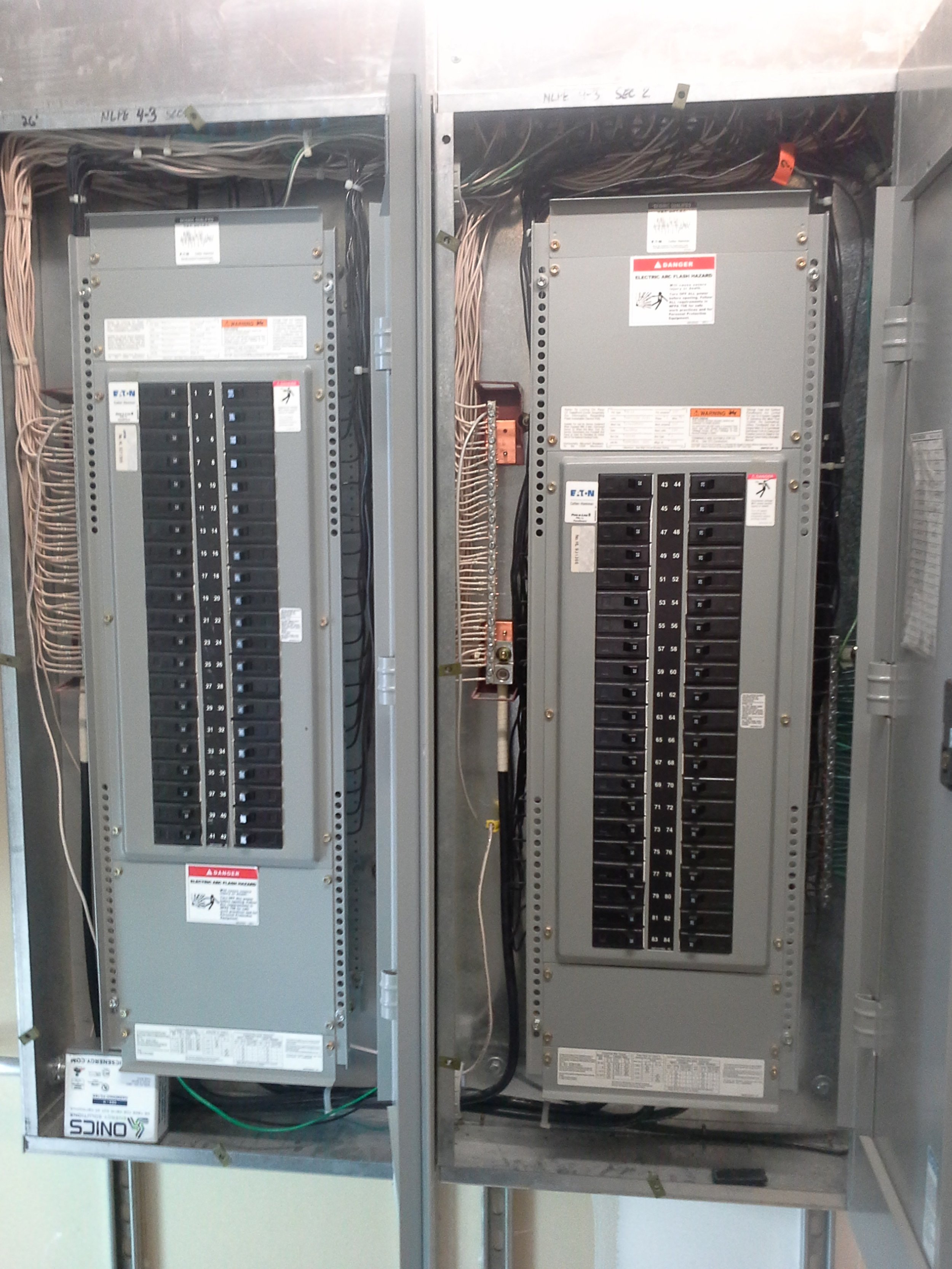
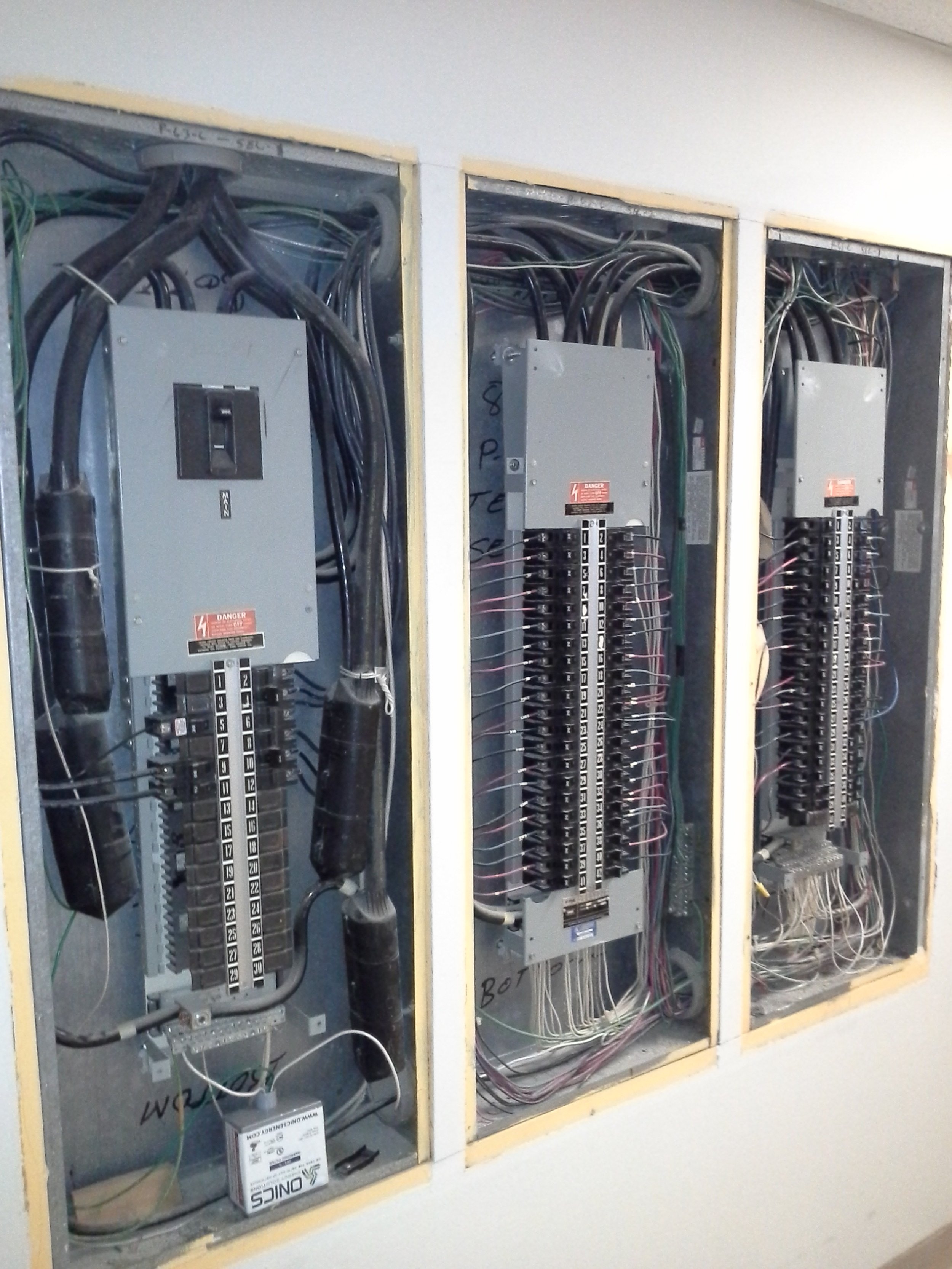
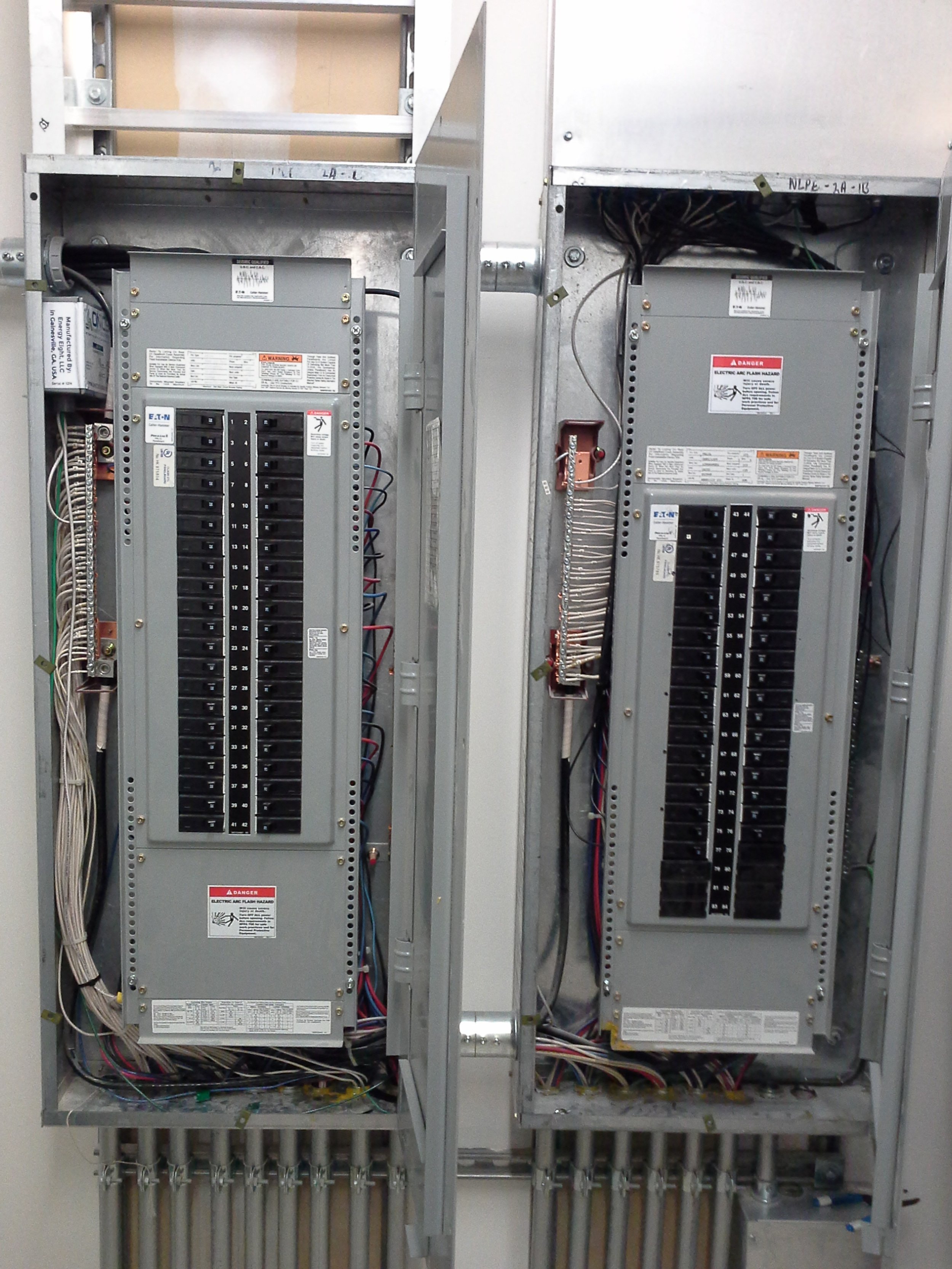
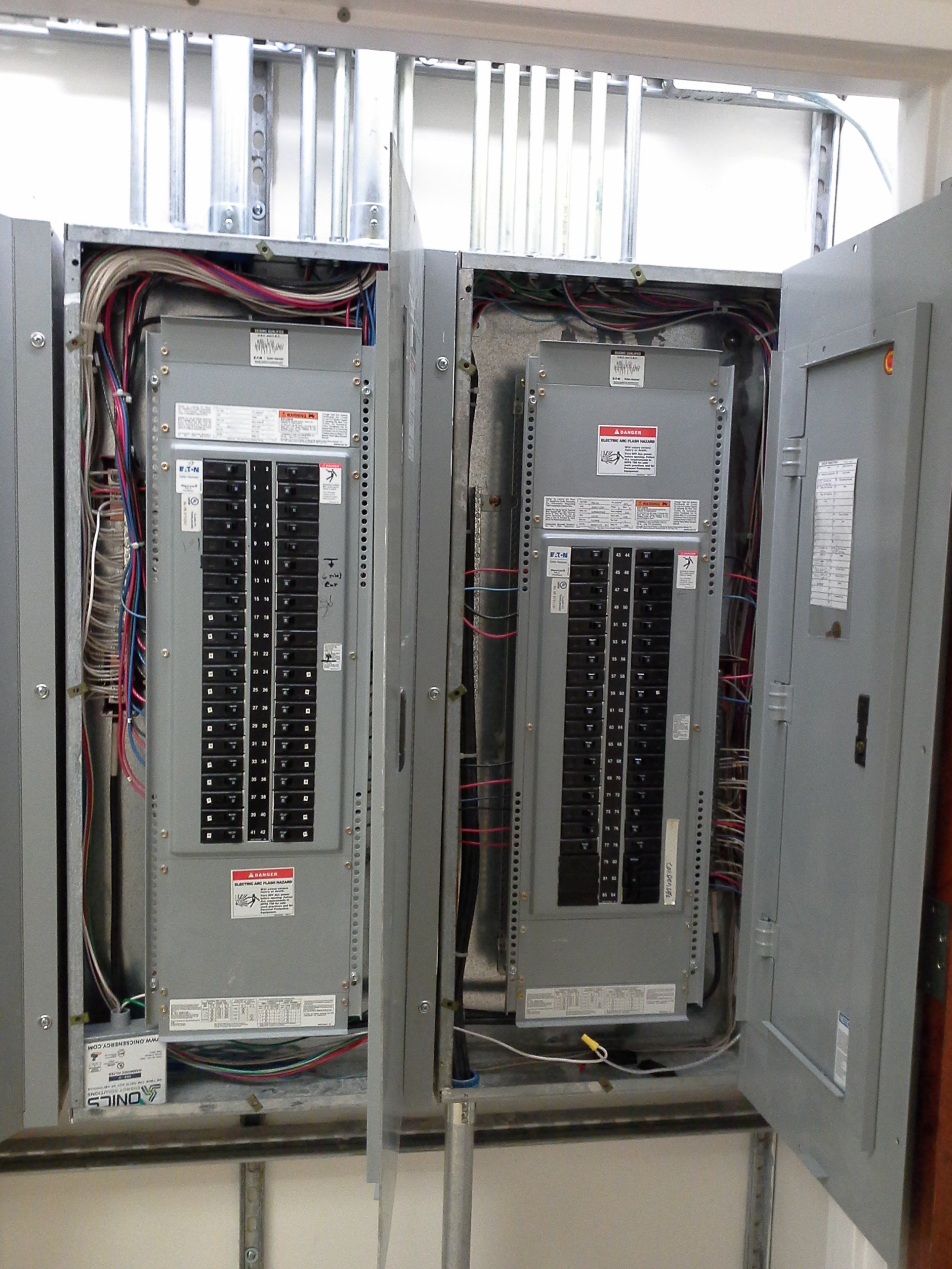
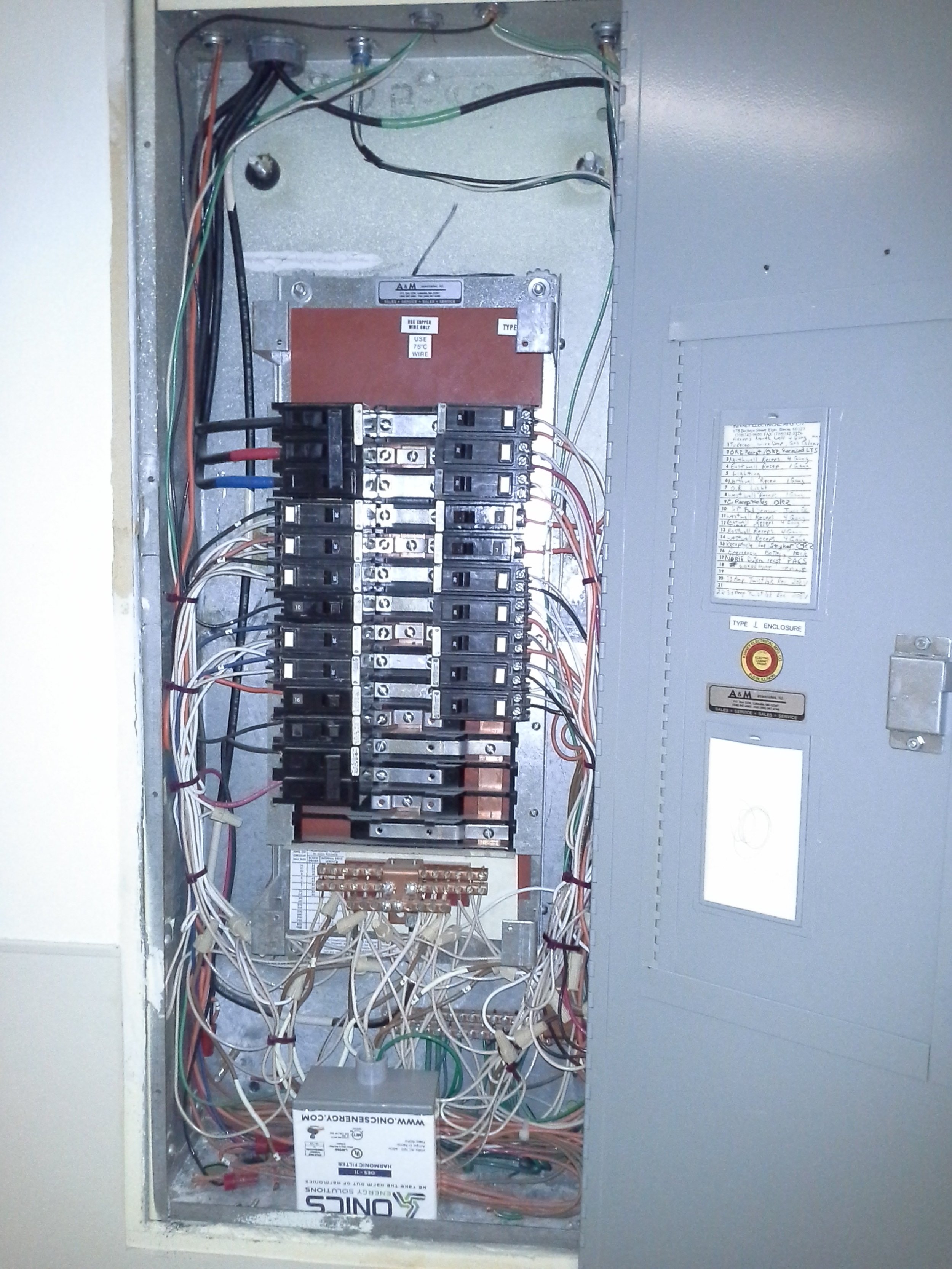
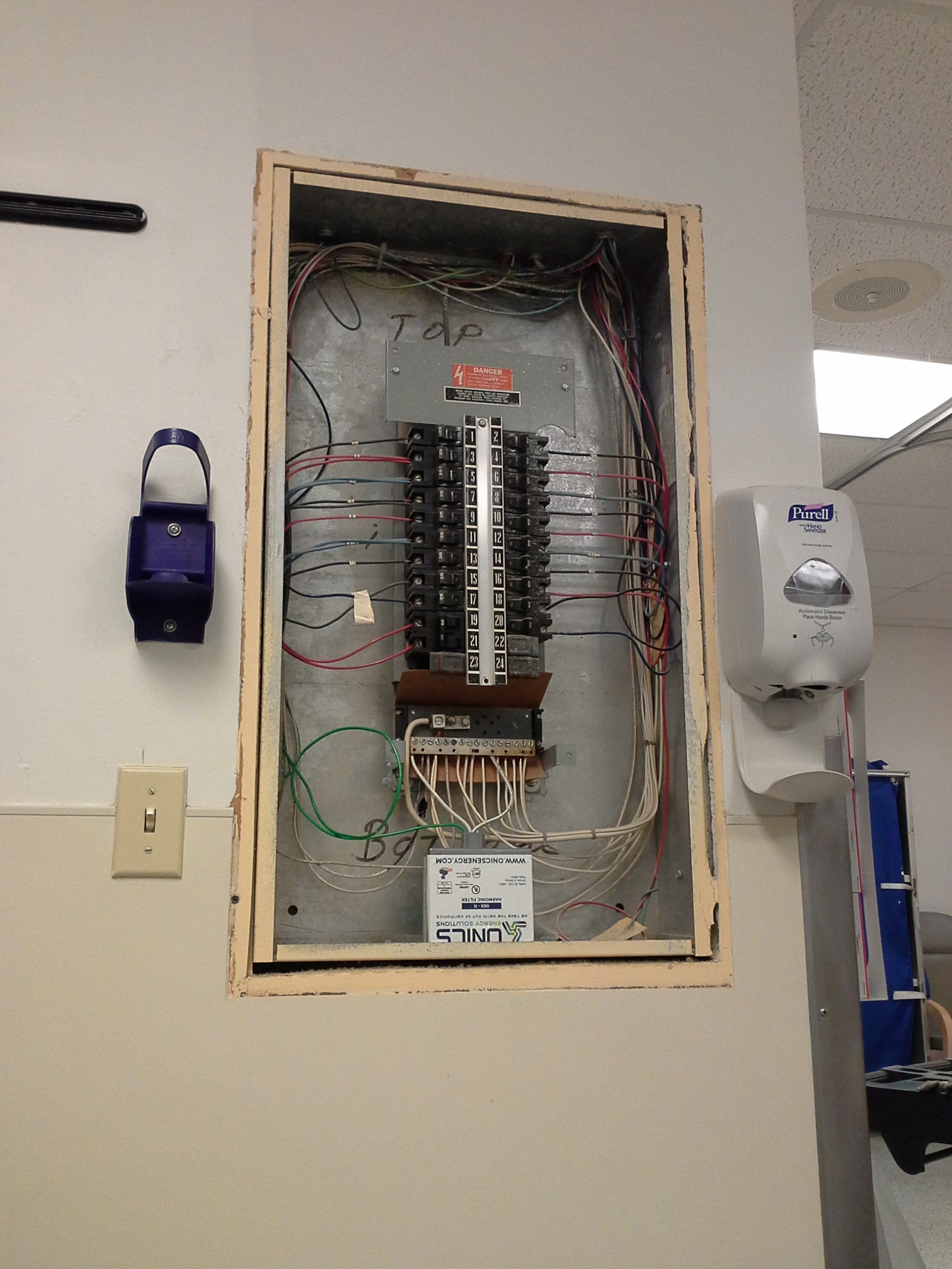
The Onics Neutral and Ground Harmonic Filter employs a shunt harmonic trap design that specifically targets current harmonics by utilizing a combination of self and mutual inductance. This design creates higher levels of impedance at specific harmonic frequencies, effectively acting as a low-pass filter that allows the fundamental line frequency of 60 Hertz to pass while significantly attenuating higher order harmonics.
What Does the Onics Passive Harmonic Filter Address?
NETA World Journal recently published a peer-reviewed technical article highlighting the power losses resulting from neutral and ground harmonics. In essence, high level harmonic waveforms add together in the neutral, resulting in a neutral current larger than the phase current. This harmonic distortion in neutral and ground leads to several types of power losses and overloading of the transformer, which translates to equipment overheating and increased energy waste in the facility.
The Onics Passive Neutral and Ground Harmonic Filter is a low pass inductive filter that runs in parallel with neutral or ground - not in series - so the filter can be installed on any size electrical service and does not absorb a lot of energy while mitigating harmonic content on neutral and ground.
Once installed, the Onics Passive Harmonic Filter smooths out what is fed back to the transformer through ground and reduces the harmonic content in the electrical system enough that a facility does not have to load up (or stress) the transformer any more than necessary.
As a result, the Onics Passive Harmonic Filter provides a positive energy impact as well as an improved reliability impact because it helps with the existing electrical distribution system.
How Is The Onics Passive Harmonic Filter Installed?
As part of its seamless installation process, Onics deploys a team of licensed electrical contractors to install the Onics Passive Neutral and Ground Harmonic Filters throughout a facility.
The electrical contractors hardwire the Onics Passive Harmonic Filters in parallel on the cold side of every neutral and ground application in the facility.
In most cases, a full facility power shutdown is not necessary since Onics Passive Harmonic Filters are installed on the cold side of panels, but when available, a de-energization of the facility (or staged shutdown) is recommended to ensure the safety of the installation team.
Depending on space available inside each panel, the Onics devices are installed either internally or externally. If a neutral bus bar is not present in the electrical panel, the installers connect the Onics Passive Neutral and Ground Harmonic Filters to ground within the panel. Each Onics device is usually installed in 30 minutes or less depending on panel accessibility.
What Results Can A Facility Expect After Installing The Onics Passive Harmonic Filter?
Onics Energy Solutions guarantees a minimum energy savings of 5% for every client. Depending on the facility profile and load configurations, facilities installing the Onics Passive Harmonic Filter can expect 3rd-party verified energy savings of 20 percent or more in some cases.
Onics guarantees a minimum 5% energy savings with some clients experiencing reductions of 20% or more depending on load configurations and facility profiles.
All results are verified by a third-party Measurement & Verification (M&V) Energy Expert. The M&V Energy Expert analyzes several data sources to validate the energy savings delivered by the Onics technology.
How Does Onics Verify Energy Savings?
To provide an additional layer of transparency, objectivity, and trust, Onics incorporated Measurement and Verification (M&V) into its Energy Savings Validation process, ensuring that energy savings are accurately quantified and verified. The validation process is conducted by a certified, third-party Measurement and Verification (M&V) Energy Expert.
An M&V Energy Expert is a professional who specializes in the Measurement and Verification (M&V) process, which involves quantifying and verifying energy savings for the entire envelope of the facility from implemented energy conservation measures, such as the Onics technology. They are crucial to the process as they manage the complexities of establishing energy use baselines, adjusting for variables, collecting post-installation data, and calculating energy savings, thereby ensuring the objectivity, transparency, and accuracy of the energy savings validation process.
Data sources include:
15-minute interval metering data from the electric utility
Operational or Production Data / KPIs from the facility
Variables including temperature and humidity
The M&V Energy Expert performs an analysis of the data before and after the installation of the Onics Passive Harmonic Filters to establish an pre-installation power consumption baseline and a post-installation adjusted baseline. The calculations, methodology, and results are presented to the client for review and approval.
Technical Paper: Neutral and Ground Harmonic-Induced Power Losses and Correction
The NETA World Journal recently published a peer-reviewed technical article written by Dr. Howard Penrose of MotorDoc LLC. The article and its supporting data was audited by a committee of energy professionals and outlines power losses due to neutral and ground harmonics in a facility.
Key Findings:
The presence of non-linear loads increasingly introduces harmonic currents into neutral and ground systems
Harmonic conditions result in increased power losses and greenhouse gas emissions
Power losses from neutral and ground harmonics include Resistive (I2R), Transformer and Core, Skin Effect, and Dielectric Losses
The losses associated with neutral and ground current can also have a number of impacts on system reliability




